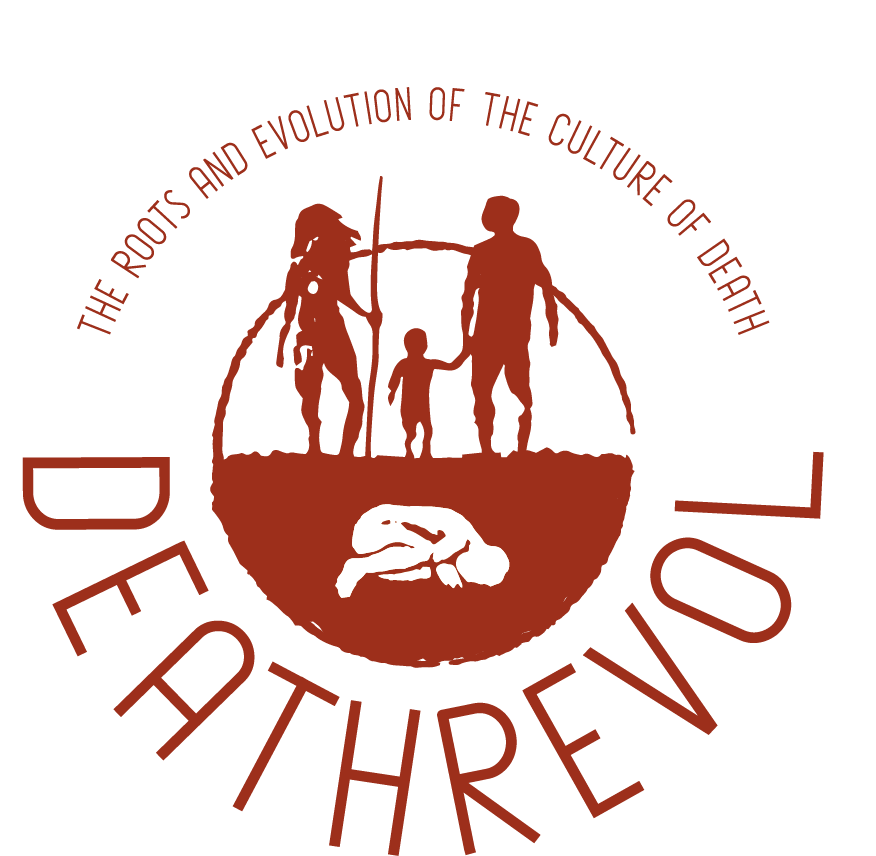Day: June 21, 2024
MORTUARY AND FUNERARY BEHAVIOR
There are indications that some animals may have mortuary behaviour. Some primates, such as chimpanzees or gorillas, may show changes in their usual behaviour such as staying near the carcass for a period of time, cleaning the teeth of the corpse, or even mothers carrying the carcass of a dead calf for weeks. As time passes, they end up leaving the lifeless body and that activity ceases forever.
Other species, such as dolphins or elephants, also develop specific behaviours with the corpses of their relatives such as looking at, touching or even transporting the corpse for a while. This type of behaviour is fascinating, but it is not considered funerary behaviour, but mortuary. Do you remember the differences between these behaviours?
Death is an experience shared by all living things, but only people honor the dead with funeral rites. Unlike mortuary behaviour (related to the treatment of the body after death), funeral behaviour is a ritual, symbolic activity, characterized by having two components: space and time. Humans create spaces for the dead. In addition, we honor the death and maintain a link with them over time, commemorating the deceased through rites. In this way, a natural process (death) becomes a cultural process, which with different mortuary manifestations, is common to all human cultures that currently inhabit the planet.
The culture of death is a common and exclusive axis of human beings, but, when did our ancestors begin to acquire a culture of death? Listen to our podcast “Historias de la Prehistoria” to learn more!
